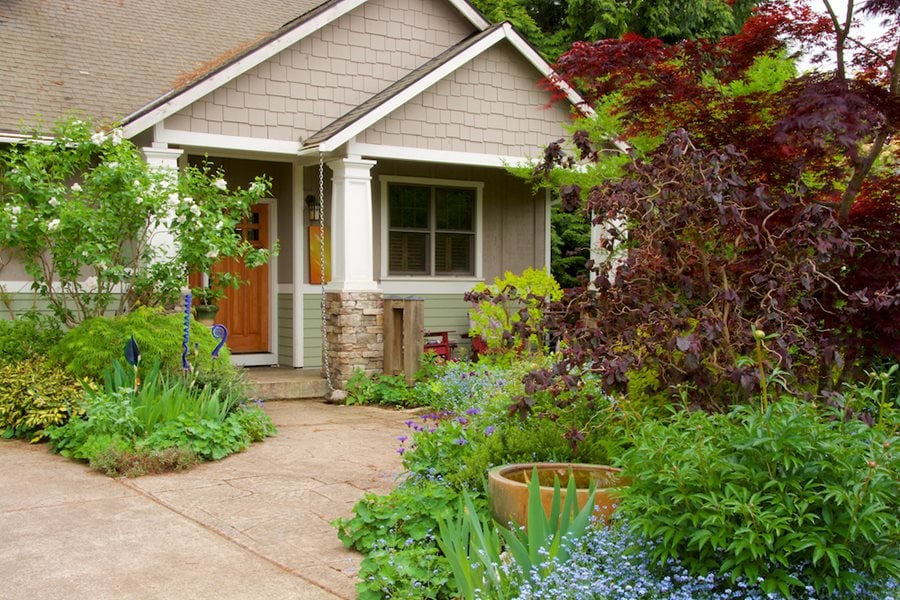
Cultivating a Greener Lawn: Embracing Eco-Friendly Treatments
Maintaining a lush and healthy lawn doesn’t have to come at the cost of environmental impact. In fact, with the rise of eco-friendly lawn treatments, homeowners can achieve vibrant green spaces while minimizing harm to the planet. Let’s explore the benefits and practices of sustainable lawn care that contribute to a greener, healthier environment.
Understanding Eco-Friendly Lawn Treatments: A Holistic Approach
Eco-friendly lawn treatments adopt a holistic approach that considers the overall well-being of your lawn and the environment. These treatments focus on minimizing the use of synthetic chemicals and harmful pesticides, opting for organic alternatives that promote soil health and biodiversity. By embracing a natural approach to lawn care, homeowners contribute to the overall ecological balance of their surroundings.
Organic Fertilizers: Nourishing Your Lawn Naturally
One key aspect of eco-friendly lawn treatments is the use of organic fertilizers. These fertilizers harness the power of natural ingredients like compost, manure, and plant-based nutrients to nourish the soil and promote healthy grass growth. Unlike synthetic fertilizers that may leach harmful chemicals into the groundwater, organic alternatives provide a sustainable and environmentally friendly way to feed your lawn.
Integrated Pest Management: Balancing Act for a Pest-Free Lawn
Maintaining a pest-free lawn is a common concern, but eco-friendly treatments approach pest control with a balanced perspective. Integrated Pest Management (IPM) is a sustainable approach that combines biological, cultural, and mechanical methods to control pests. This method minimizes the reliance on chemical pesticides, ensuring a healthier lawn ecosystem without compromising environmental integrity.
Lawn Aeration: Boosting Soil Health Naturally
Eco-friendly lawn treatments prioritize the health of the soil as the foundation for a thriving lawn. Lawn aeration is a natural and effective practice that involves perforating the soil with small holes to allow air, water, and nutrients to penetrate the grassroots. This process enhances soil structure, promotes root growth, and encourages a resilient lawn without resorting to chemical interventions.
Water Conservation Techniques: Sustainable Hydration Practices
In many regions, water conservation is a critical aspect of eco-friendly lawn care. Implementing sustainable hydration practices, such as installing rain barrels, using drip irrigation, or choosing drought-resistant grass varieties, helps reduce water consumption. These techniques not only contribute to environmental conservation but also lead to cost savings for homeowners in the long run.
Native Plant Integration: Embracing Local Biodiversity
Integrating native plants into your lawn is a cornerstone of eco-friendly landscaping. Native plants are well-adapted to the local climate and require minimal maintenance. By incorporating these plants, homeowners contribute to local biodiversity, attract beneficial insects, and create a resilient ecosystem that thrives naturally.
Educational Outreach: Spreading Awareness in the Community
Promoting eco-friendly lawn treatments extends beyond individual efforts. Homeowners can engage in educational outreach within their communities to raise awareness about the benefits of sustainable lawn care practices. Sharing information about the positive impact of organic treatments, native plant integration, and water conservation helps create a collective commitment to environmental stewardship.
Choosing Eco-Friendly Lawn Treatments: A Link to Sustainable Living
For those interested in transitioning to eco-friendly lawn care, exploring Eco-Friendly Lawn Treatments is a valuable step. This link provides resources and information to guide homeowners on the journey towards sustainable lawn maintenance. By choosing eco-friendly treatments, individuals become integral contributors to a more environmentally conscious and sustainable way of living.
Conclusion: Nurturing Green Spaces Responsibly
Eco-friendly lawn treatments offer a responsible and sustainable approach to nurturing green spaces. By embracing organic fertilizers, integrated pest management, lawn aeration, water conservation techniques, and native plant integration, homeowners can achieve vibrant lawns while minimizing their ecological footprint. Choosing eco-friendly practices not only benefits the environment but also creates a healthier and more resilient outdoor space for everyone to enjoy.
